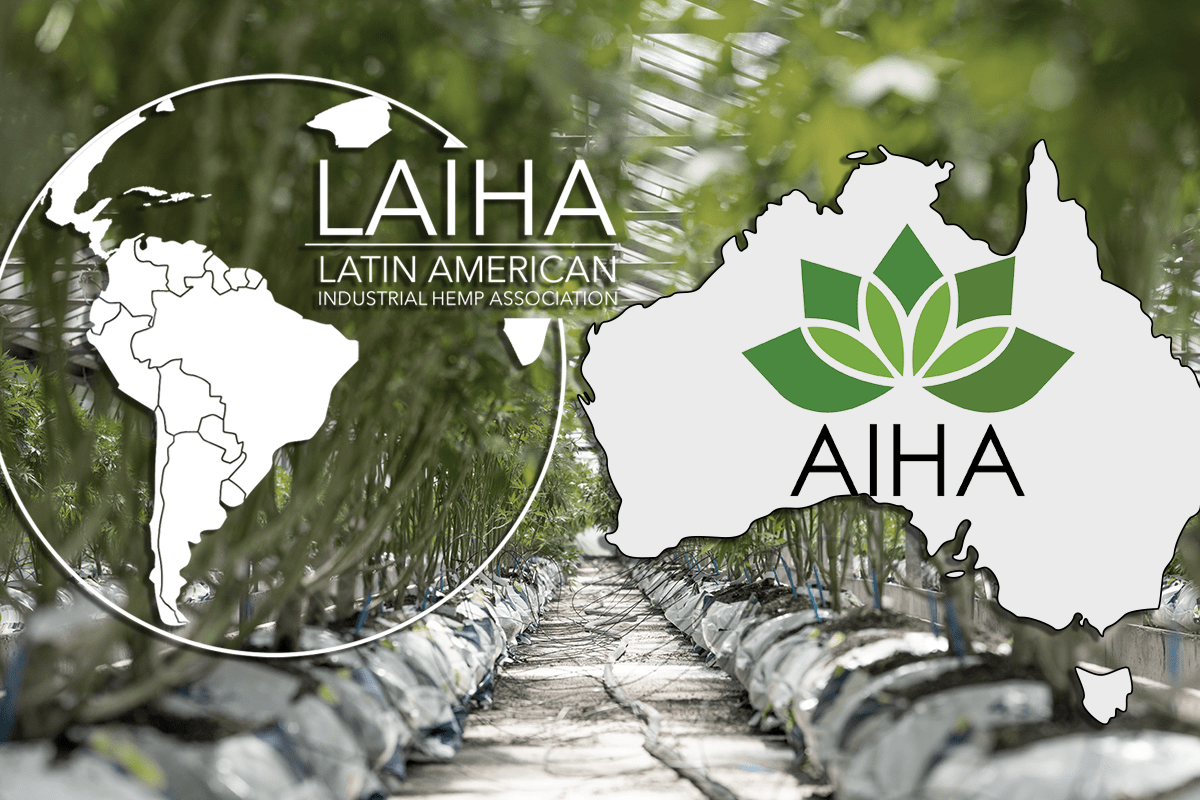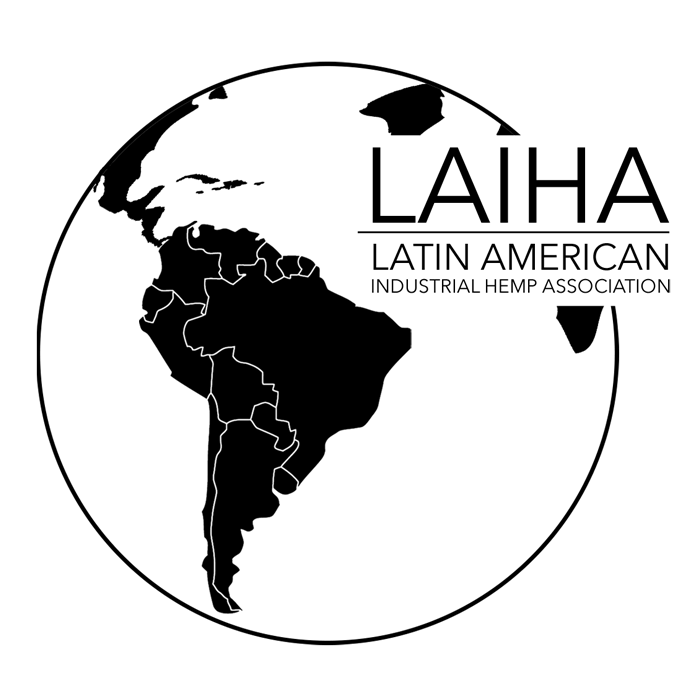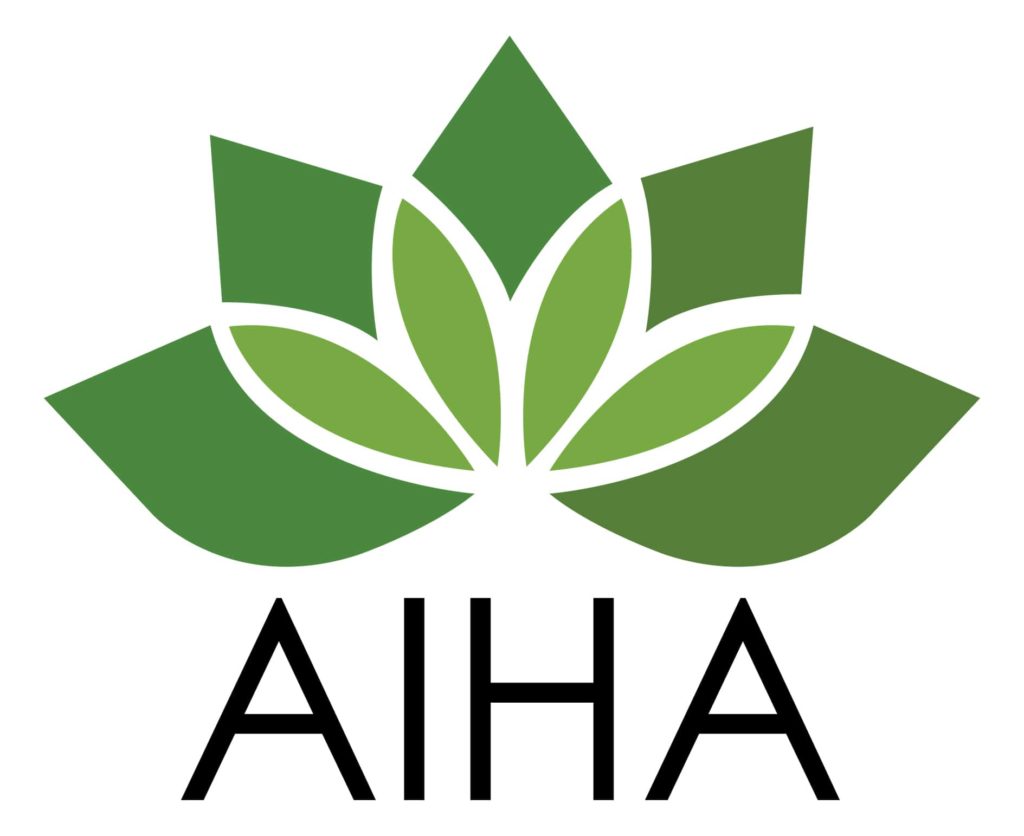
While the United States works to establish and grow its fledgling hemp industry, the country’s hemp sector has to contend with a competitive international hemp market. A report from Grandview Research, published last month, valued the global market for hemp-derived CBD alone at US$2.8 billion in 2020, with the expectation that it will expand at a compound annual growth rate of 21.2% from 2021 to 2028. That valuation does not include international markets for hemp fiber and grain, which are in many cases more mature than those in the U.S.
Hemp Benchmarks recently requested information from a wide range of hemp businesses and trade associations around the world. We asked them to talk about their regional markets, as well as the challenges and opportunities facing the hemp sector in their parts of the globe. In the first in a series of international updates, we review developments in the southern hemisphere, specifically in Latin America and Australia.
Latin America (South and Central America)

Colombia and Uruguay are seen by experts as the region’s leaders in hemp, especially when it comes to production. “Both countries were pioneers in regulating cannabis production and developing the local industry, many times with foreign investment,” Lorenzo Rolim da Silva, president and founder of the Latin America Industrial Hemp Association, told HempToday last July. (Rolim also authored an update on developments in the Latin American hemp sector in an October Hemp Market Insider article, in addition to providing wholesale prices for products exported from South American countries to the U.S. and European Union.)
One of the leading companies in the South American hemp sector is Clever Leaves. While headquartered in New York, the firm has cultivation facilities in Colombia and Portugal. It also exports medical cannabis and CBD to Brazil, Chile, and Peru, as well as Canada, Australia, New Zealand, South Africa, Israel, and a number of countries in Europe.
Kyle Detwiler, CEO of Clever Leaves, describes the current business climate in the Latin American hemp sector as “vibrant.” “Many countries are improving on existing regulations or implementing new regulations, and, as a result, we are seeing a lot of excitement and new opportunities in the region,” he told Hemp Benchmarks. Colombia in particular, he said, “has both a favorable regulatory framework and the ideal cultivation environment, which has spurred the growth of some significant licensed producers. In 2021, we believe these competitive advantages will help us reach new markets throughout Latin America as well as the rest of the world.”
According to Detwiler, hemp companies in Latin America face challenges on two major fronts: regulatory and financial. “We find that cannabis regulations typically lack clarity and are constantly evolving, which requires new permits and approvals that take time to obtain,” he said. “Additionally, banking services are not as accessible for cannabis companies in [Latin America], similar to the United States.”
In terms of how the U.S. and Canadian hemp markets fit into the Central and South American hemp sectors, Detwiler described the North American markets as only a piece of a larger puzzle. His company recently announced its first CBD shipment to the U.S., “establishing our supply chain from Colombia to the largest cannabis market in the world.” That being said, “Europe continues to be a primary focus for us due to its favorable regulatory environment and strong quality standards.”
Australia

“We have both a healthy hemp market domestically and an expanding export market for hemp foods and medicines,” James Vosper, President of the Australian Industrial Hemp Alliance (AIHA), told Hemp Benchmarks. “Australian companies are exporting foods, mainly to Asia. Australian consumable products are highly valued in Asia, especially in Chin
a. Australia has half of the world’s certified organic farmland and our GMP [Good Manufacturing Practices] are well respected internationally. Europe and North America are also markets that consume Australian organic products. Although the domestic market is important, we have to look outward for major growth.”
Vosper said Australia’s hemp market is expanding, with about 10,000 acres being planned for 2021. “This may not seem a lot, but it is mostly being grown for food and hurd,” he added. Hemp fiber for construction is reportedly “taking off” in Australia. “This makes sense as we have serious bushfires, and pests like termites, that hemp is resistant to,” Vosper said. “There is no significant industry here that uses fiber for textiles. Once we have a textile industry established the acreage will grow exponentially. We have state of the art decortication technology developed and manufactured here. This process works without the need for retting, streamlining the process and improving fiber quality.”
Most of the country’s regulatory challenges, he added, are on the state level. While most Australian states are supportive of the industry, the Northern Territory only legalized hemp last year. In Queensland, “which has the potential to be a major producer,” Vosper observed, “the licensing process is very difficult for farmers to navigate and many potential hemp growers have been discouraged. There is no state organization in Queensland, and we have established a chapter of the AIHA to address these shortcomings.”
A big part of hemp gaining acceptance in Australia, as elsewhere, appears to be educating both the public and the business community about the differences between industrial hemp and psychoactive cannabis. “Our experience over the last ten years is that the stigma [regarding hemp] has somewhat subsided,” Vosper said. Yet, “The education process is ongoing and a major focus for us, and we take an active part in events and conferences in all states.”
Apart from the ongoing stigma around cannabis, Vosper believes Australia is primed for the development of hemp as an important part of the national economy in the near future. “Hemp has so many uses that it seems barely believable,” he said. “From car parts to concrete to batteries, hemp is a healthy alternative.” Vosper elaborated, “we have the capacity to replace products such as plastics and fiberglass with hemp. The idea is that rather than mining for a car we can grow a car. There is a growing movement from a hydrocarbon economy to a carbohydrate economy and hemp can be a major driver.”
“Overall, we are bullish about the future of the hemp industry here,” he continued. “We have many people that are making enormous efforts to make it successful. Agrifutures, a federal government body, is aiming to make the agricultural sector worth $100 billion dollars by 2030. Hemp is recognized as part of this, and AIHA has been appointed by the government to develop a strategic plan for the industry.”
In the second of Hemp Benchmarks’ series of international updates, to be published in April, we review developments in the European Union’s hemp sector and interactions between entities on the Continent and in the United Kingdom with domestic ones in the U.S. In the meantime, a previous U.S. / E.U. update can be found here.


